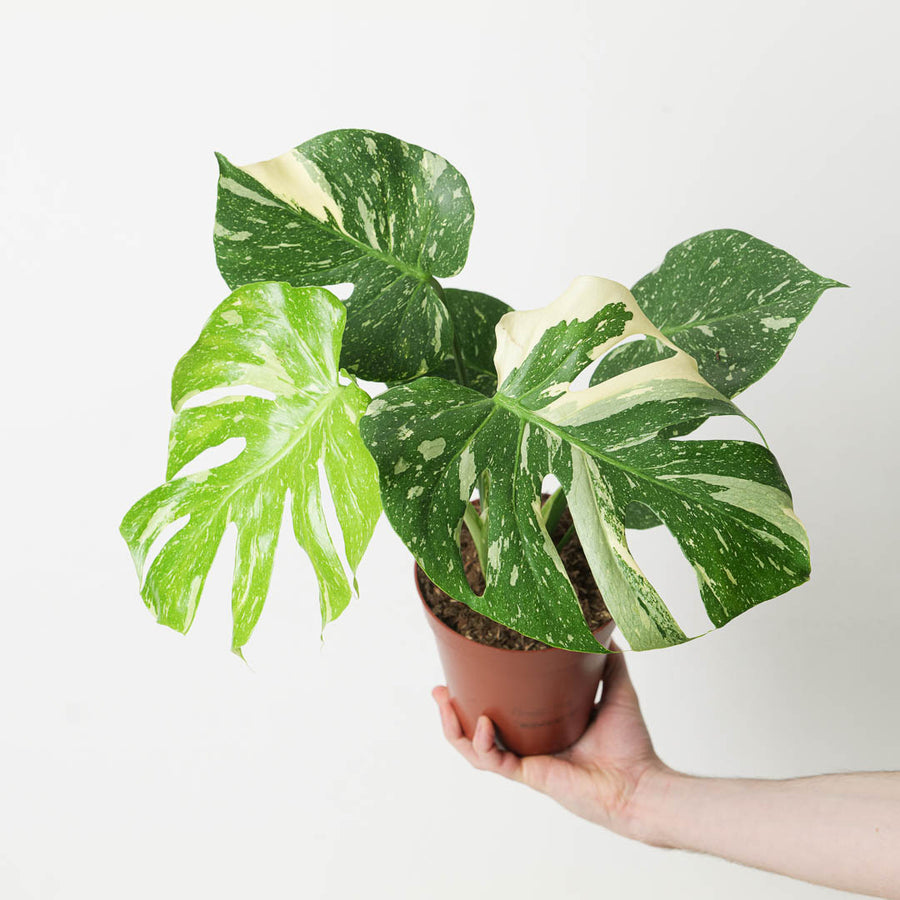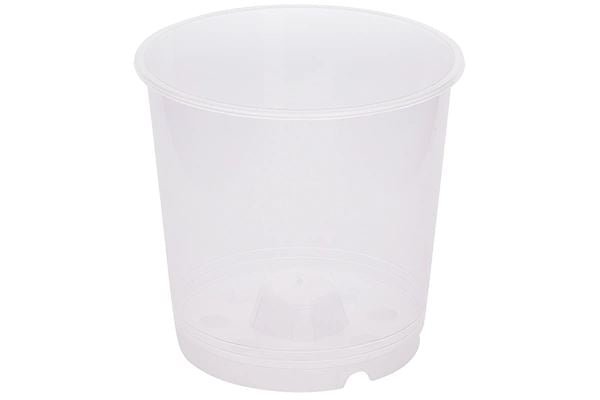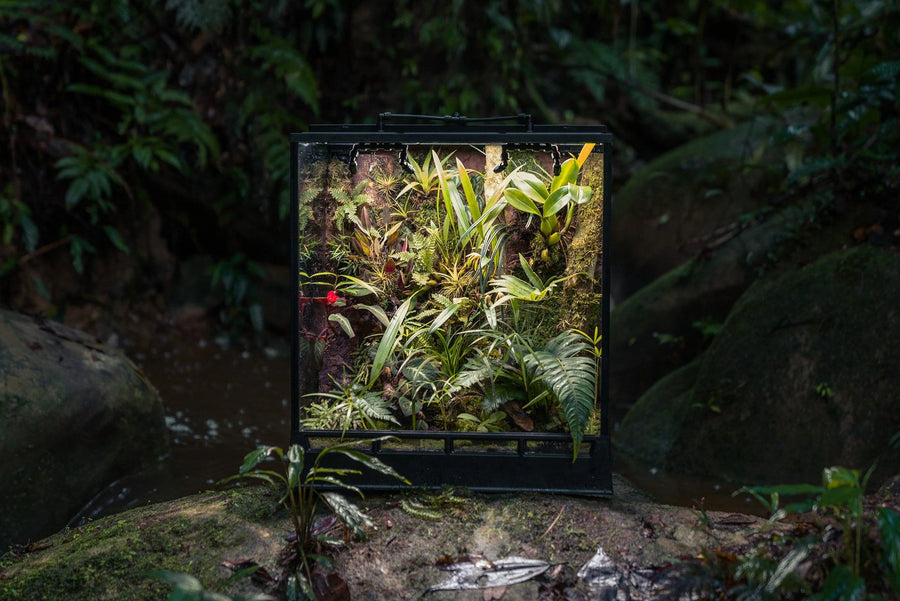Pandanus baptistii is a compact, variegated member of the Pandanaceae family, often referred to as the Variegated Dwarf Pandanus or ‘Aureus’ when featuring golden-yellow variegation. Originating from New Britain in the Bismarck Archipelago (near Papua New Guinea), this species typically forms a short, branching trunk with spiral, strap-shaped leaves. These leaves exhibit a striking central band of cream to yellow against deep green margins, emerging smooth-edged and stiff.
Though related to larger screw pines with aerial stilt roots, P. baptistii usually remains small and is suited to container growth. It tends to reach around 1–1.5 m tall in cultivation, with a moderate growth rate. As it grows older, it may branch and develop prop roots to support its crown, mimicking its large relatives .
Native to: New Britain (Bismarck Archipelago, Papua New Guinea). It thrives in lowland tropical forest understoreys and coastal, well-drained sites. Leaves emerge narrow and lanceolate, spiralling from the crown and displaying a central yellow stripe on green.
Water: Keep soil consistently moist but well‑drained. Water when the top third of the potting mix begins to dry; avoid waterlogging which can lead to root rot. It tolerates moderate drought but performs best with even moisture.
Light: Prefers bright, filtered light. It can handle brief morning or late afternoon sun, but avoid harsh midday light that may scorch the variegated margins. It will tolerate moderate shade, though colour vibrancy may fade.
Humidity: Enjoys warm, humid air (ideally between 60–80 %). In UK indoor settings, occasional misting or placement near a humidifier helps, especially during central heating.
Temperature: Ideal range is 18–24 °C. Avoid exposing it below ~15 °C. Protect from cold drafts and winter chill; maintain above 15 °C indoors.









